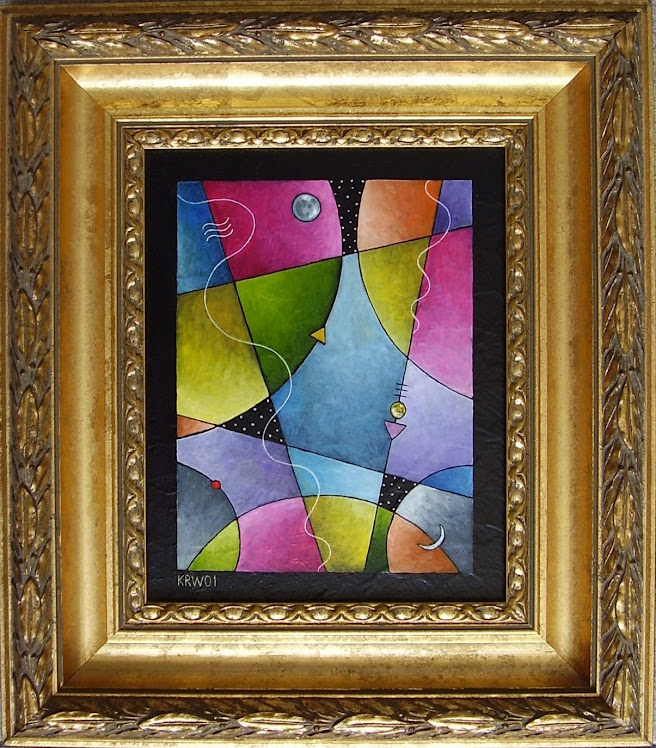210cm x 120cm (7ft x 4ft)
To be gay back in the 1980s and 1990s was to live in
constant terror of falling victim to a disease that would lead to an agonizing,
disfiguring and premature death. We all became familiar with such exotic and bizarre
expressions as “seroconvert”, a euphemism for “your death warrant has been
signed and your execution imminent”. And we came to know all about “T-cells”
and how many one should possess in order to survive. It was a time of
considerable anxiety and of great sorrow. Many bright and beautiful young
lives, filled to overflowing with exuberance and hope and promise and love,
were snuffed out prematurely throughout that sad time.
In 1994 an excellent, albeit distressing and tragically
poignant exhibition was held at the National Gallery of Australia.
It was titled “Don’t Leave Me This Way – Art in the Age of AIDS”. After
visiting the exhibition, I was inspired to create artwork of my own featuring
the issue of living in a time when plague had descended upon the land.
In this large work, “Tehuti Transcendent”, I have drawn upon my background in calligraphy
to create a swirling vortex of gyrating calligraphic lines surrounding a
central crucible within the painting’s composition, in which a portal has opened.
From within that portal, a feather has emerged. Attached to the feather is a
standard parcel label onto which is inscribed the letter “T” in calligraphic script.
The “T” stands for “T-cells”. The more T-cells you have, the more likely it is
that you will survive. The tag is tied to the feather with a red AIDS ribbon.
The feather floats arbitrarily upon the thermals within the vortex, signifying randomly whether its victims will live when it rises or perish when it descends.
The title of the painting, “Tehuti Transcendent”, relates to
the ibis-headed, ancient Egyptian god, Tehuti (aka Thoth). Tehuti is
significantly a lunar deity with a highly complex cult. He has many titles,
attributes and functions. For the purpose of this painting, however, he is specifically
referred to as the god who gave the gift of hieroglyphs (calligraphy) to the ancient
Egyptians. It also relates to his capacity to act as intermediary between life
and death, good and evil, this world and the next, and thus transcending each.
“Tehuti Transcendent” was entered in the Sulman Prize in
1998, but not chosen for hanging.
